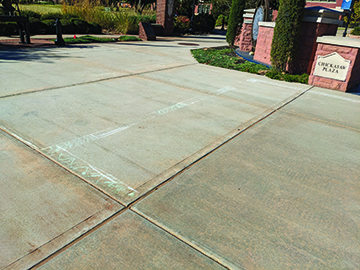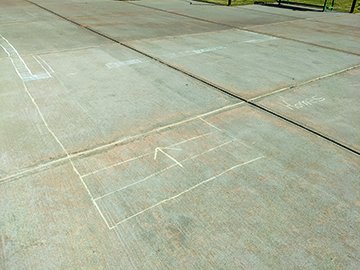UCO Design classes get VR and AR in tech update

UCO Professor Amy Jacobson-Peters uses augmented and virtual reality in furniture design class to help students picture their designs.
She said that “…students could project a model of a piece of furniture they created into a space so they could see it and walk around it.”
This allows students to understand the space an object would take up better than a 2D projection or drawing. This semester, the UCO School of Design used chalk outlines to teach students about the layout and design of ‘shotgun’ houses (narrow houses typically with all rooms in a line.) “[Students] map out where the doors swing out and the walls and they can actually walk through them,” Jacobson-Peters said.

“Then we took it to the next step.” With help from Robert Wall, UCO’s Director Research & Development, “Just this year, Robert Wall took an old plan that another student had designed a few years ago and he and his team built it up,” Jacobson-Peters said.
“They had walls and the furniture and the cabinetry in place.” After this step was done, students could put on Oculus brand head mounted displays and interact with the home in a new way. “It’s one thing to do it on the sidewalk with everything still flat, but to then actually have the walls in place? The cool thing about that project is because it’s a shotgun house, it’s very narrow and they don’t have a really good concept of what 16 feet is. So they put the walls in place and ‘Woah, this is not that big!’”

All design students starting their sophomore year are required to have a laptop with at least 16 gigabytes of system random access memory (RAM), which at the Central Tech Store, costs at least $1849.00. The cheapest laptop listed on their website to meet this requirement is a 14 inch Macbook Pro, which scrapes by with 16GB of unified memory. This expense helps students work with their project but makes this field, and this project in particular, less accessible.
Jacobson-Peters sums up the advantages of this project. “As an interior design student, you never get to see your project actually become a reality. It’s always going to be a drawing of a computer generated model.”

